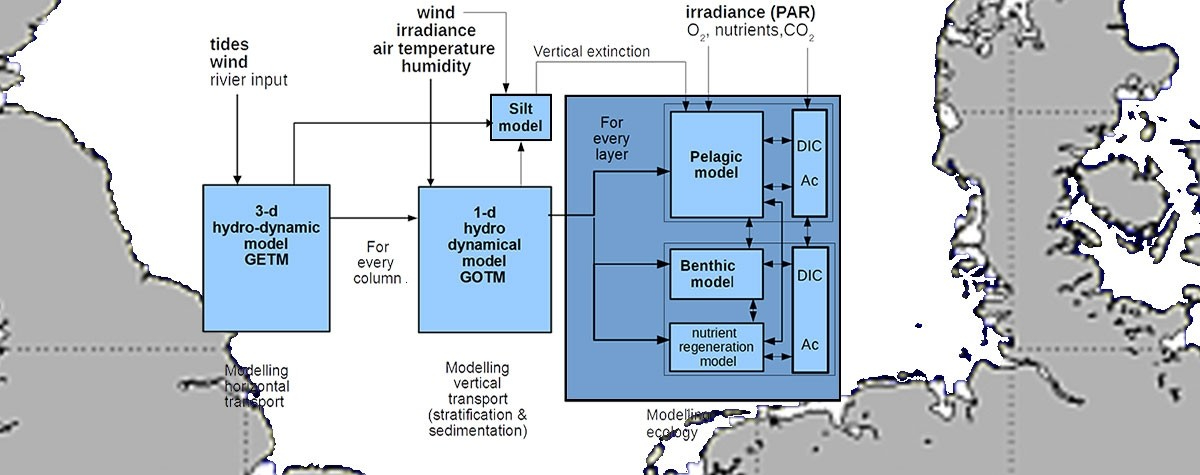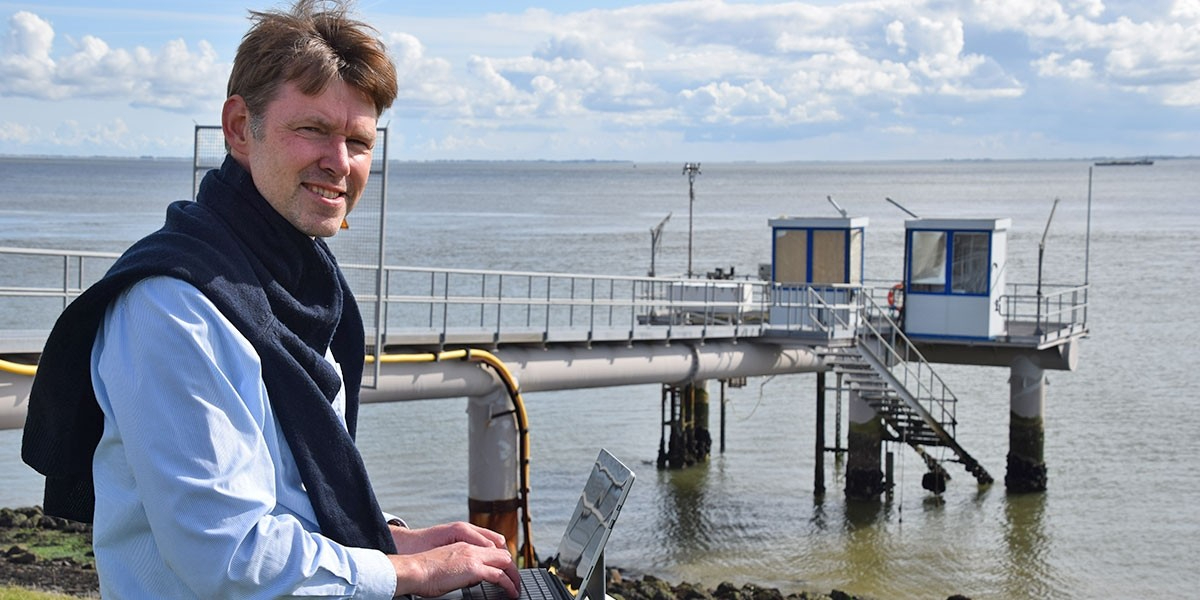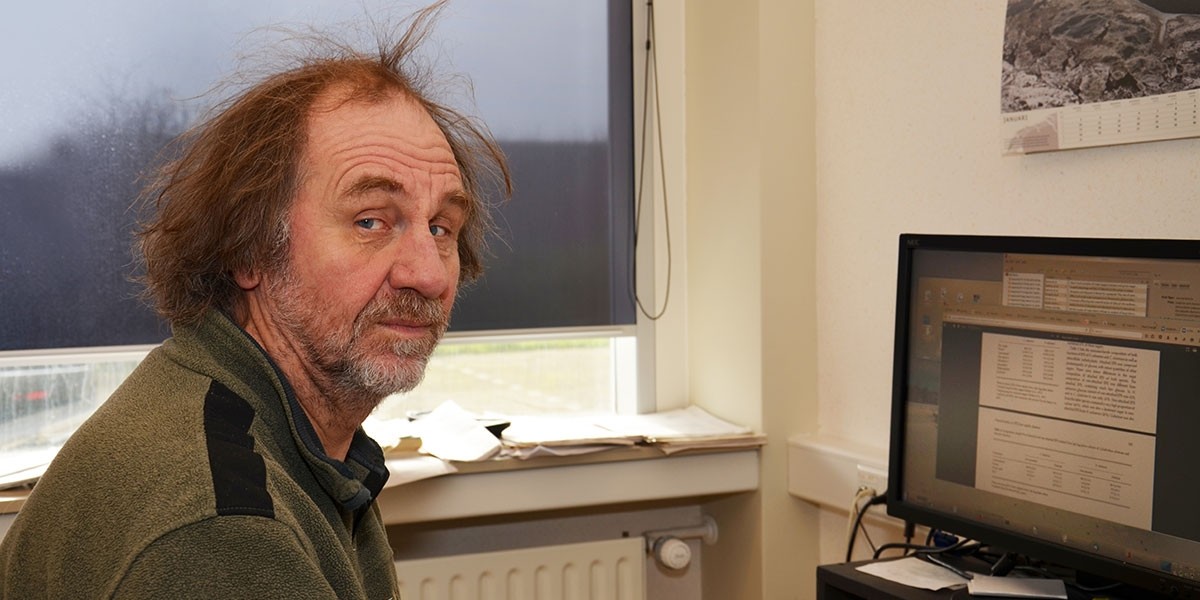Background

How it started
Ecosystem modelling at the NIOZ started in the1980's in the project group BOEDE (Biologisch Onderzoek Eems-Dollard Estuarium). which studied the consequences on the Ems-Dollard ecosystem of the discharge of very large amounts of waste water mainly originating from the patato-processing industry. The experience from this modelling project was used by the NIOZ to initiate and coordinate an EU-project in the Marine Science and Technology program,1990-1995 where a consortium of marine institutes developed the European Regional Seas Ecosystem Model (ERSEM). The specialization of the various institutes within a joint project on a European level was obviously the best way to tackle the formulation of a generic, system-based ecosystem model.
Innovative in several ways
In 1990 -1995 both the modelling approach and the design concept of ERSEM was very innovative in several ways. The ERSEM consortium integrated a team of physicists, chemists and ecologists working closely together to formulate a generic model.
Its modular structure, with interlinked modules describing the biological and chemical processes as forced by light and temperature provided the necessary flexibility for incorporating new developments in the understanding of properties, populations and the processes involved in their interactions ERSEM probably was one of the the first European R&D projects where the Internet was crucial for speeding up model development, data exchange and enhancing internal and external communication.
After the ERSEM-development projects, the model was applied to several European regional seas, to the whole Mediterranean, directly coupled to hydrodynamicmodels (PML application for the Western Shelf Seas, to the Adriatic sea (Zavatarelli et al., 2000), to the global ocean model (Vichi et al., 2007). The impossibility to get funding for an organization responsible for 'a standard version' and the consequent lack of coordination between these follow-on projects has lead to a number of different flavors/versions of ERSEM.
The ERSEM-GETM version was set-up initially to quickly develop an in-house modelling capability in CEFAS. The objective was to have an ecosystem model coupled with a sophisticated hydrodynamical model which is able to reproduce especially the processes in the shallow coastal regions of the North Sea and which may be used to study benthic-pelagic coupling, first and foremost in the Southern North Sea.
NIOZ employee Piet Ruardij, now retired, was involved in the development of the ecosystem model from the first start in 1980.
Information
Ecosystem modelling
started in the 1980's

The ERSEM consortium
